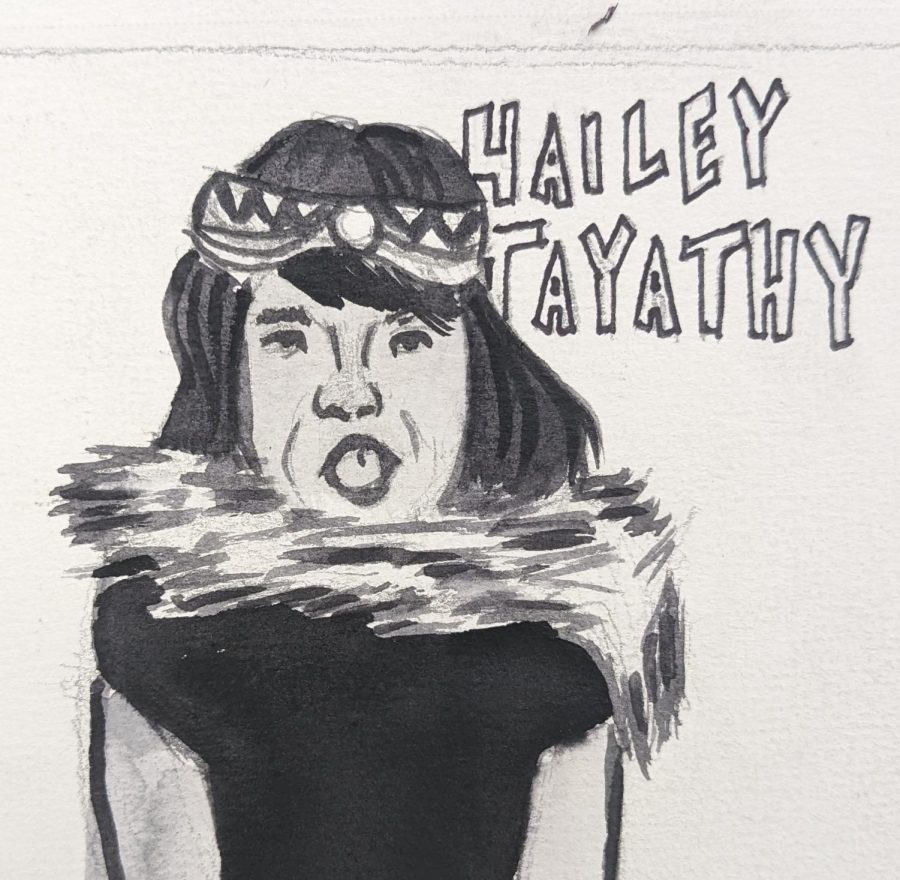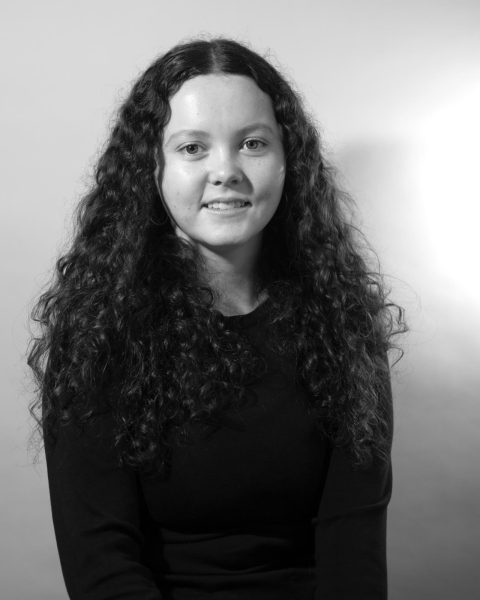The Gender Binary Is a Colonial Construct
March 14, 2023
Before European contact, many Indigenous communities in North America viewed gender and sexuality as fluid. The Lakota tribe uses the word “winkte,” which means “to be as a woman,” for Lakota people whose identities went beyond gender barriers. The Diné (Navajo) tribe has four words for different genders: asdáán (woman), hastiin (man), náhleeh (feminine man), and dilbaa (masculine woman). Oftentimes Two Spirit, genderfluid, and third gender Indigenous people held important roles within their communities, such as naming young children, medicinal positions, resolving conflicts, and spiritual and leadership roles. This was different from the strict Christian values of Europeans, and they immediately targeted these people upon arriving in the Americas. This included using derogatory language, genocidal violence, and enforcing the colonial construct of a gender binary.
Today, queer Indigenous people have been working to reclaim their practices and identities. Many use the umbrella term Two Spirit (2S), which originates from the Ojibwe term “niizh manidoowag,” meaning someone who embodies both masculine and feminine spirits. However, the lasting effects of colonialism have made it difficult to deal with homophobia and transphobia within Indigenous communities. Rosalie Fish, a 2S citizen of the Cowlitz Indian Tribe, thinks “it’s due to the trauma from the boarding schools, particularly the Christian boarding schools, where this was villainized.” This generational trauma impacts Indigenous people today. Isaiah Brokenleg, a member of the Rosebud Sioux Tribe (a branch of the Lakota people) was kicked out of his father’s house when they discovered he was gay. However, Brokenleg, who identifies as Winkte, was taken in by his grandparents, who told him stories of the Winkte to prepare him for the role he would serve in his community as an adult.
Jordan Remington (he/they), an enrolled citizen of the Quileute Tribe, is referred to as a “Seattle Indigiqueer icon” who embraces their identity through his art, and has a drag queen persona, Hailey Tayathay. They tell Indian Country Today about the combined term “Indigiqueer”: “They’re not gonna be able to understand my experience from just a queer lens and you’re not gonna be able to understand my experience from just an Indigenous lens. The lenses need to overlap to understand my life perspectives and I’d say my art, too.” For example, in his drag art, he uses traditional Quileute regalia to create intersectional art.
The acceptance of LGBTQ2S+ Indigenous individuals has expanded past something that was originally thought as only achievable for urban Natives, who did not live on reservations. Tribal councils have been making space for representation, allowing LGBTQ2S+ Indigenous individuals to find a place within Native communities and on reservations.
This article also appears in our February 2023 print edition.










